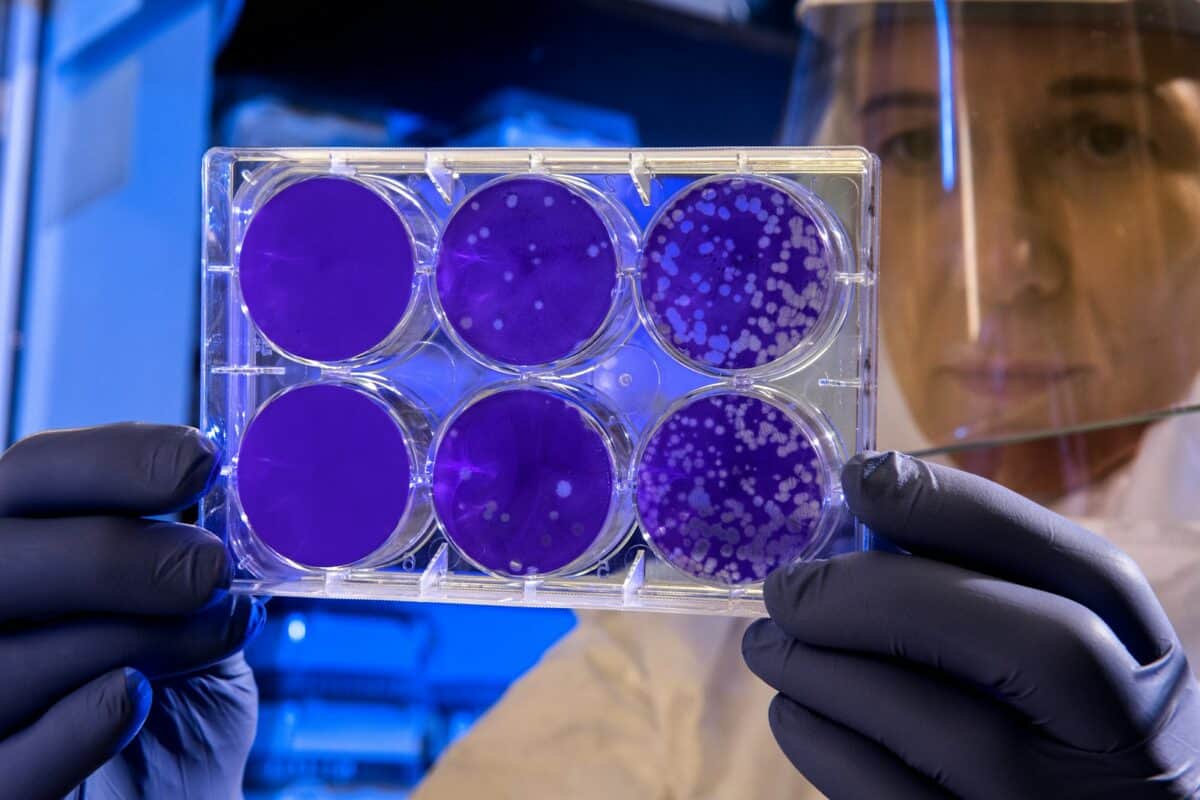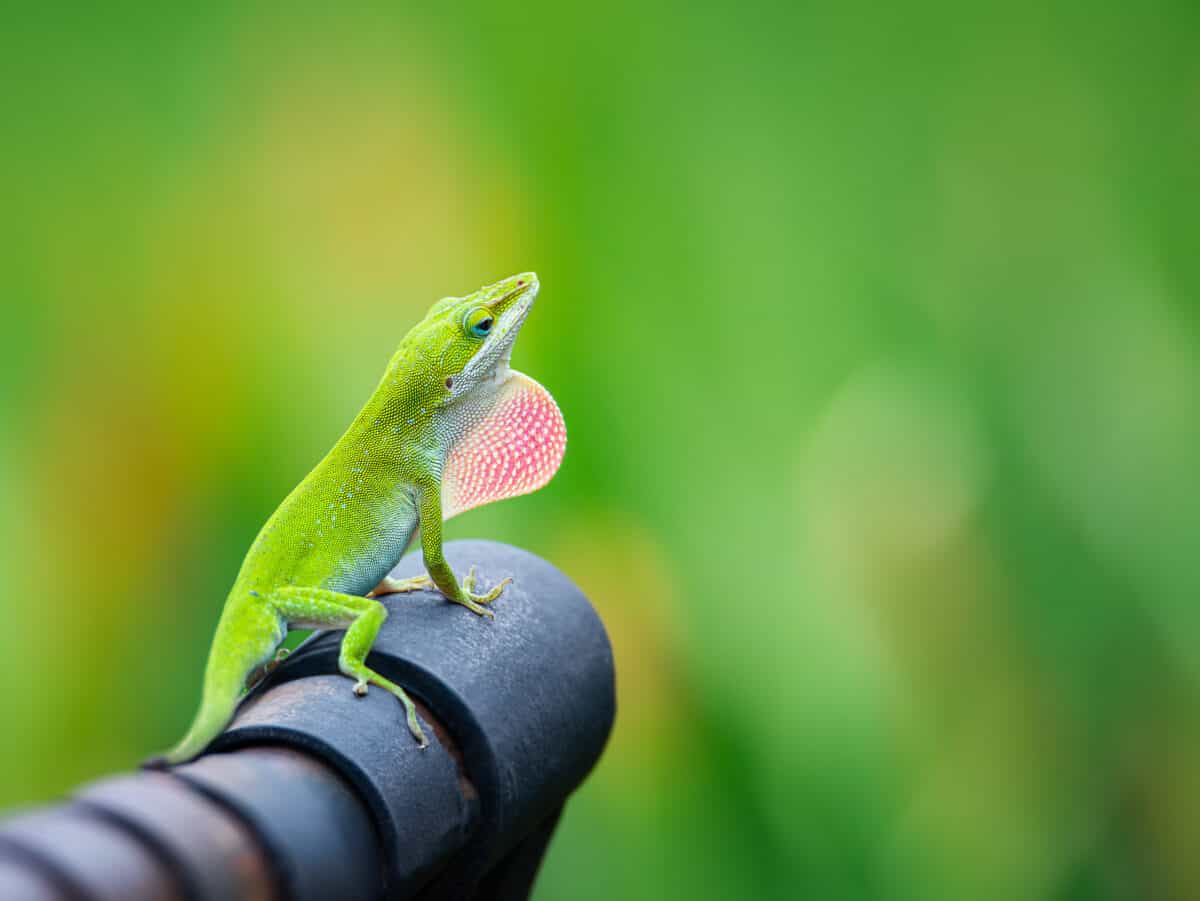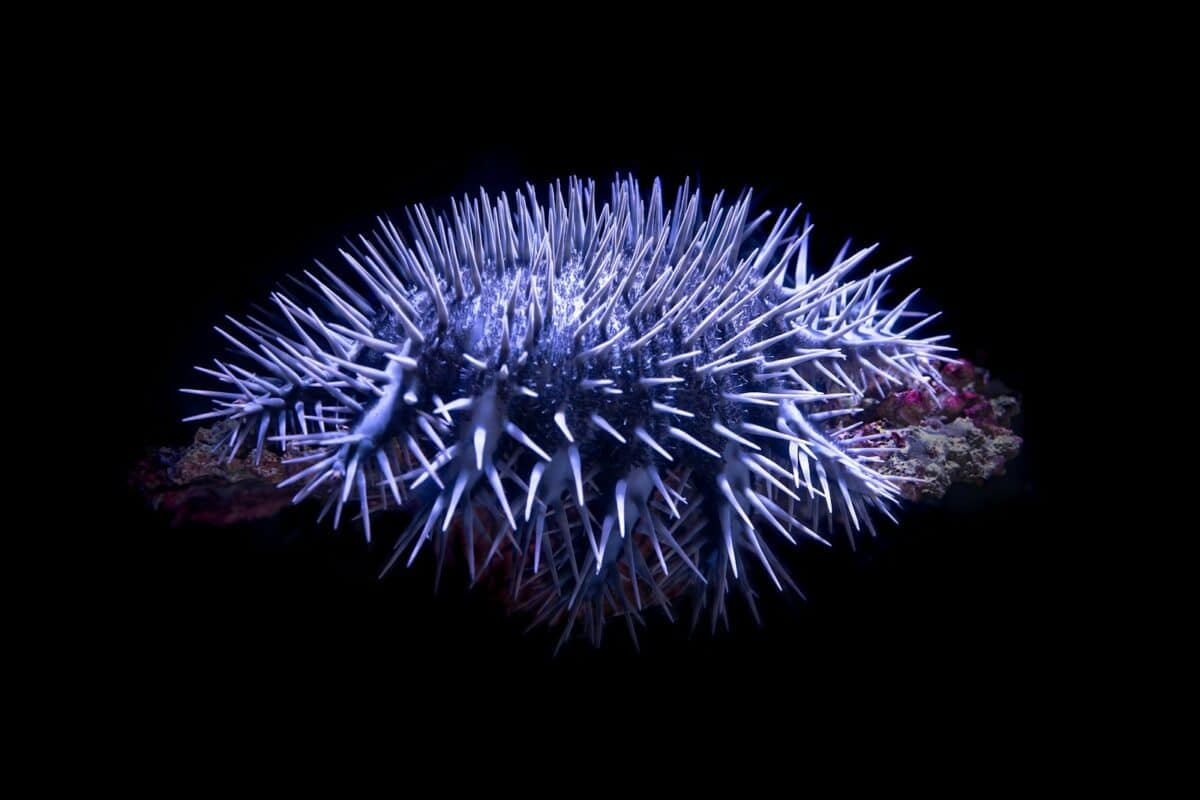The animal kingdom is full of extraordinary feats, but perhaps no phenomenon is more captivating than the ability of some creatures to regrow lost body parts. Regeneration is a marvel of nature, showcasing the seemingly magical abilities of certain animals to restore what was once thought lost forever. In this article, we will explore the science behind this incredible process and discover the various animals that possess this remarkable ability.
What Is Regeneration?

Regeneration is the process through which animals can repair or replace damaged or lost tissues, organs, and limbs. This biological process can vary significantly among different species, with some animals capable of regenerating entire body parts, while others can only repair tissues to a limited extent. Regeneration is not merely a surface-level healing but involves rebuilding complex structures and often restoring functionality.
The Science Behind Regeneration

At the heart of regeneration lies cellular biology. The process typically involves a series of complex cellular events, including cell proliferation, differentiation, and morphogenesis. Certain cells, often stem-like in nature, undergo rapid division and specialization to replace lost tissues. In some species, the presence of a specialized structure known as a “blastema” plays a critical role. This cluster of undifferentiated cells forms at the site of the injury, eventually giving rise to the new tissue, organ, or limb.
The Role of Genetics in Regeneration

Genetics is a crucial factor that determines an animal’s ability to regenerate. Researchers are continuously uncovering genes and genetic pathways that regulate regenerative processes. Some species have evolved to activate certain genes that stimulate regeneration upon injury, while others lack this genetic switch. Understanding these genetic mechanisms provides insight into the potential for enhancing regenerative capabilities, even in species that naturally possess limited regenerative abilities.
Noteworthy Regenerators: The Stars of Regeneration

Several animals are renowned for their regenerative abilities. One of the most celebrated is the axolotl, an aquatic salamander capable of regenerating limbs, spinal cords, skin, and even parts of its brain. In marine environments, sea stars can regrow lost arms, and certain species like the complex starfish can regrow an entirely new body from a single severed limb. These cases provide a tantalizing glimpse into the power of regeneration.
Lizards: The Tail Regenerators

Many lizard species, such as geckos and anoles, are famous for their ability to shed and regenerate their tails. This adaptive response primarily serves as a defense mechanism, allowing lizards to escape predators while leaving them with a regenerative challenge. Although a lizard’s new tail might differ slightly in appearance and structure, it effectively replaces the lost part, showcasing nature’s efficiency.
Planarians: The Flatworm Phenomena

Planarian flatworms offer an astonishing example of regeneration. These simple yet extraordinary creatures can regenerate almost any part of their bodies, from their heads to their tails. Even when cut into multiple pieces, each fragment has the potential to regrow into a fully functional individual. This makes them invaluable in scientific studies aimed at understanding stem cell biology and tissue regeneration.
Crustaceans: Regeneration in the Waters

Crustaceans, including crabs and lobsters, often lose claws and limbs to predators or during territorial disputes. Fortunately, they possess the ability to regenerate these lost appendages, though the process may take several molting cycles to restore full functionality and size. This capability ensures that these animals can continue their activities and survive in competitive environments.
Regeneration in Fish: Nature’s Healers

Certain fish, such as the zebrafish, boast remarkable regenerative abilities. They can regenerate their fins, scales, and even portions of their hearts, livers, and kidneys. This has made zebrafish a valuable model organism in biomedical research, offering insights into potential regenerative therapies for humans.
Regeneration Across the Animal Kingdom

While lizards, salamanders, and worms are well-known for their regenerative capabilities, it’s important to note that regeneration occurs across various animal groups, including invertebrates like annelids and echinoderms, as well as mammals to a limited extent. Even some species of deer can regenerate antlers, a process that involves intricate cellular and vascular changes.
The Limitations of Regeneration

Despite its wonders, regeneration has its drawbacks. Not all regenerations result in perfect replicas of the original structure. The new tissue might vary in texture, color, or functionality. Moreover, the extent of regeneration can depend on the animal’s age, health, environment, and evolutionary history, with younger animals often showing higher regenerative capacity.
Implications for Human Medicine

The study of animal regeneration holds significant promise for human medical science. Understanding the genetic and cellular foundations of regeneration may pave the way for innovative treatments for injuries and degenerative diseases. Research is ongoing to explore techniques that might one day enable humans to regenerate tissues and perhaps organs, reducing the reliance on transplants and prosthetics.
The Future of Regenerative Research

The future of regeneration research is both exciting and hopeful. As scientists delve deeper into the mysteries of cellular reprogramming and genetic manipulation, the potential for regenerative medicine is vast. By bridging the gap between human and animal biology, researchers aim to unlock therapies that may transform how we treat injuries and diseases.
Regeneration represents one of nature’s most miraculous capabilities, a testament to the resilience and adaptability of life. From lizards that regrow tails to worms that repopulate entire colonies after division, these phenomena provide valuable insights not only into the complexity of biology but also into the potential future of medicine. As we continue to explore these wonders, we edge closer to unlocking the secrets of regeneration and perhaps, one day, applying them for the betterment of human life.
- How Some Animals Can Regrow Their Body Parts - August 10, 2025
- Why Bees Dance to Communicate Nectar Locations - August 10, 2025
- How Pacific Island Wildlife Is Adapting to Climate Change - August 10, 2025

